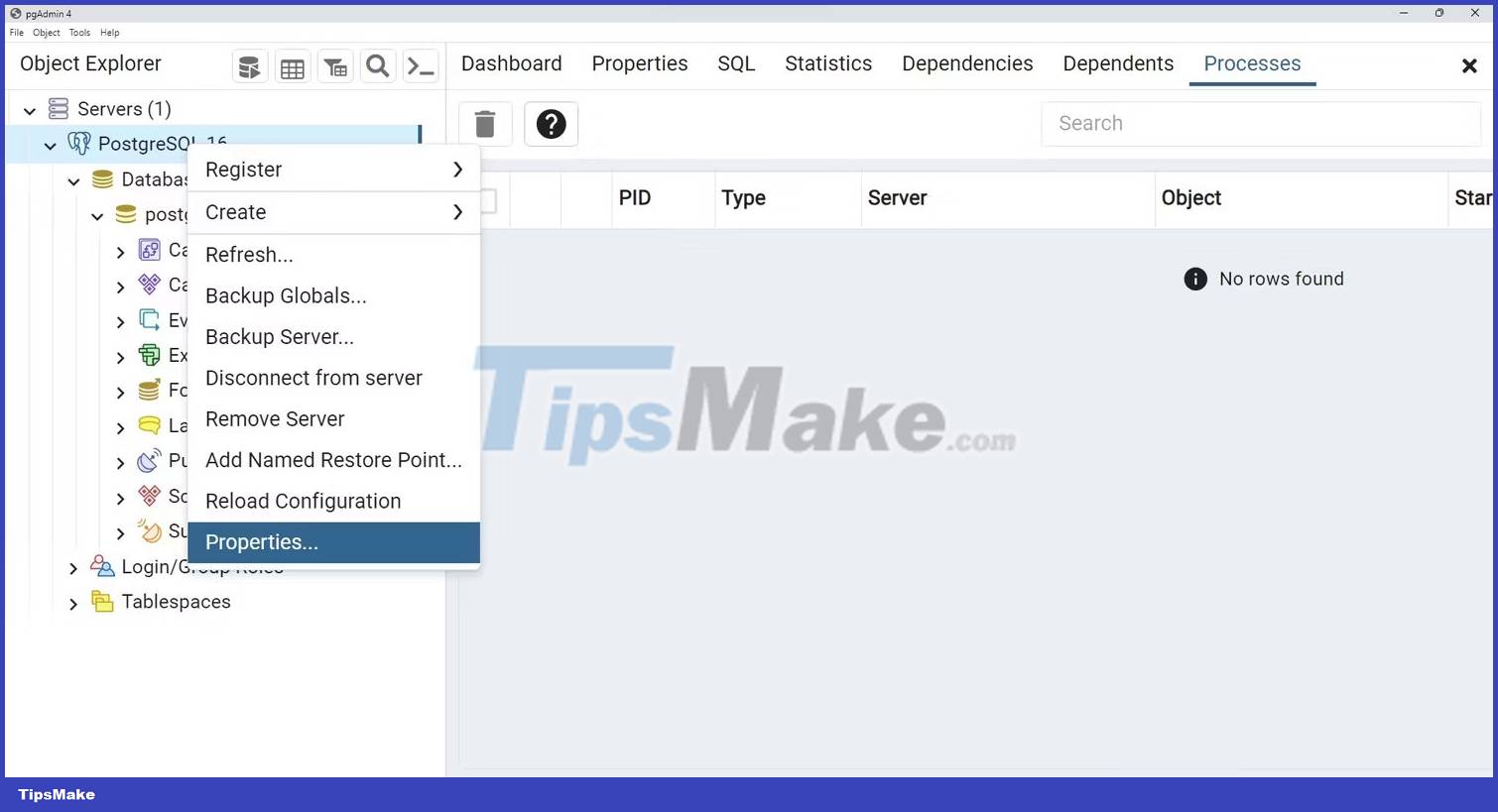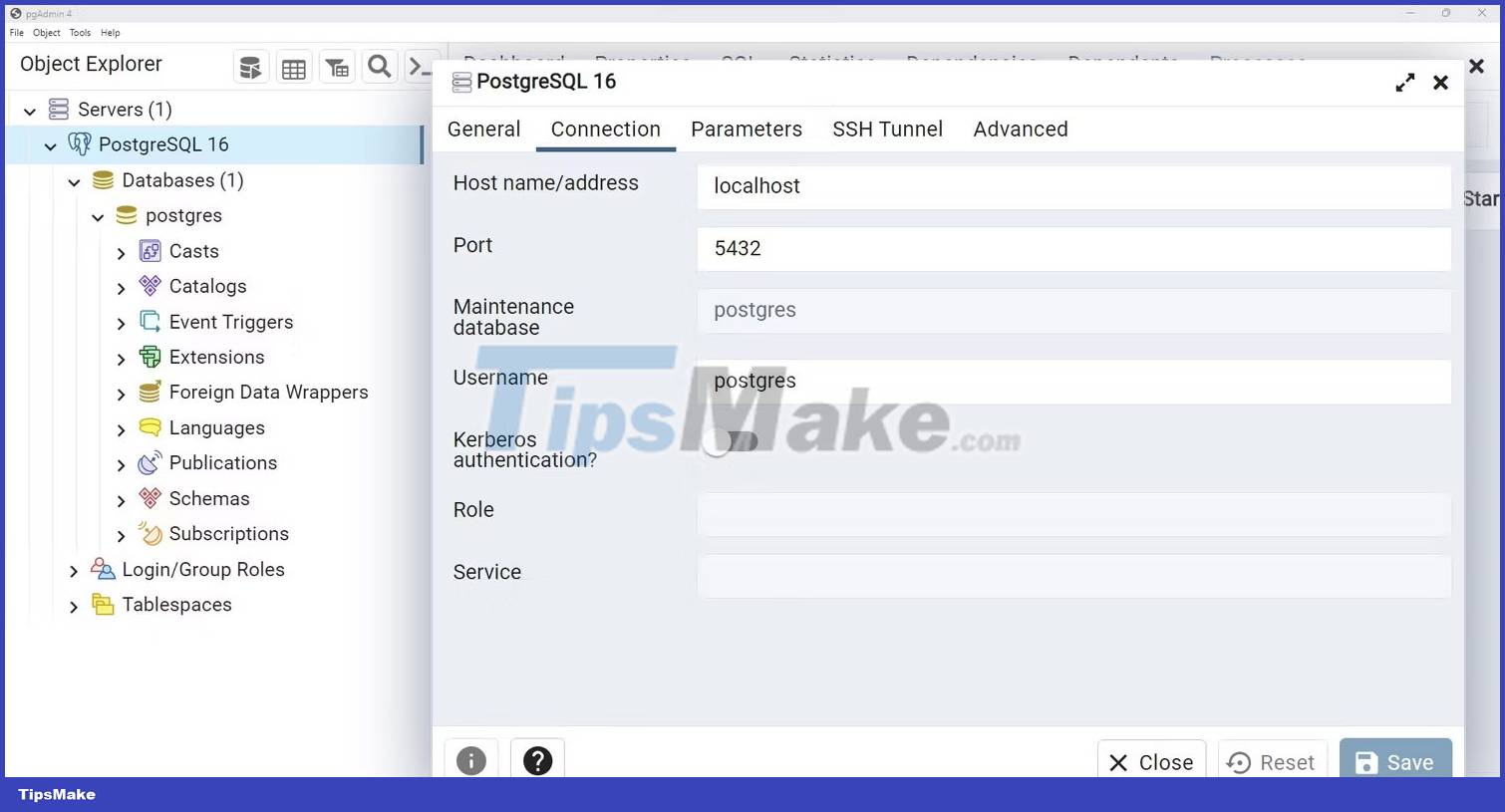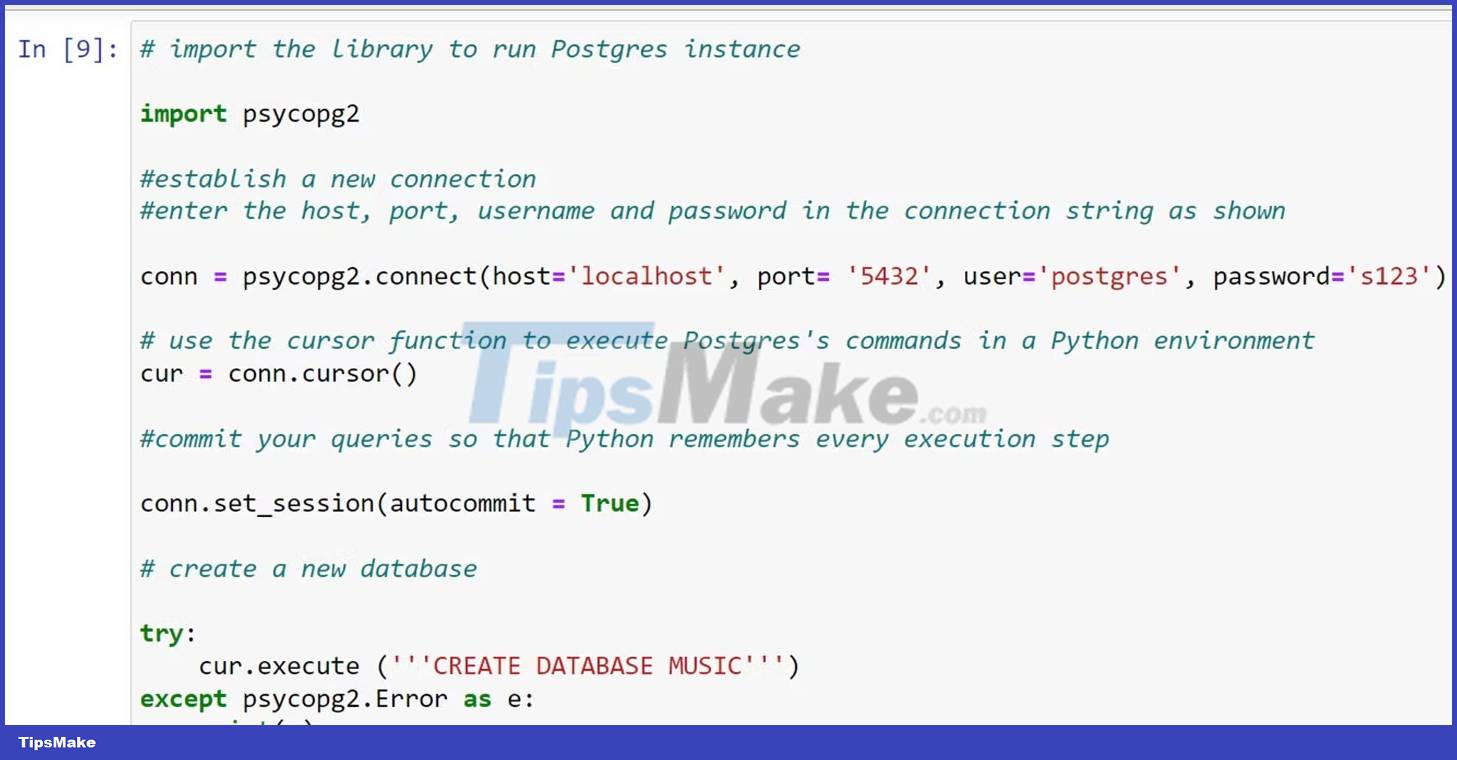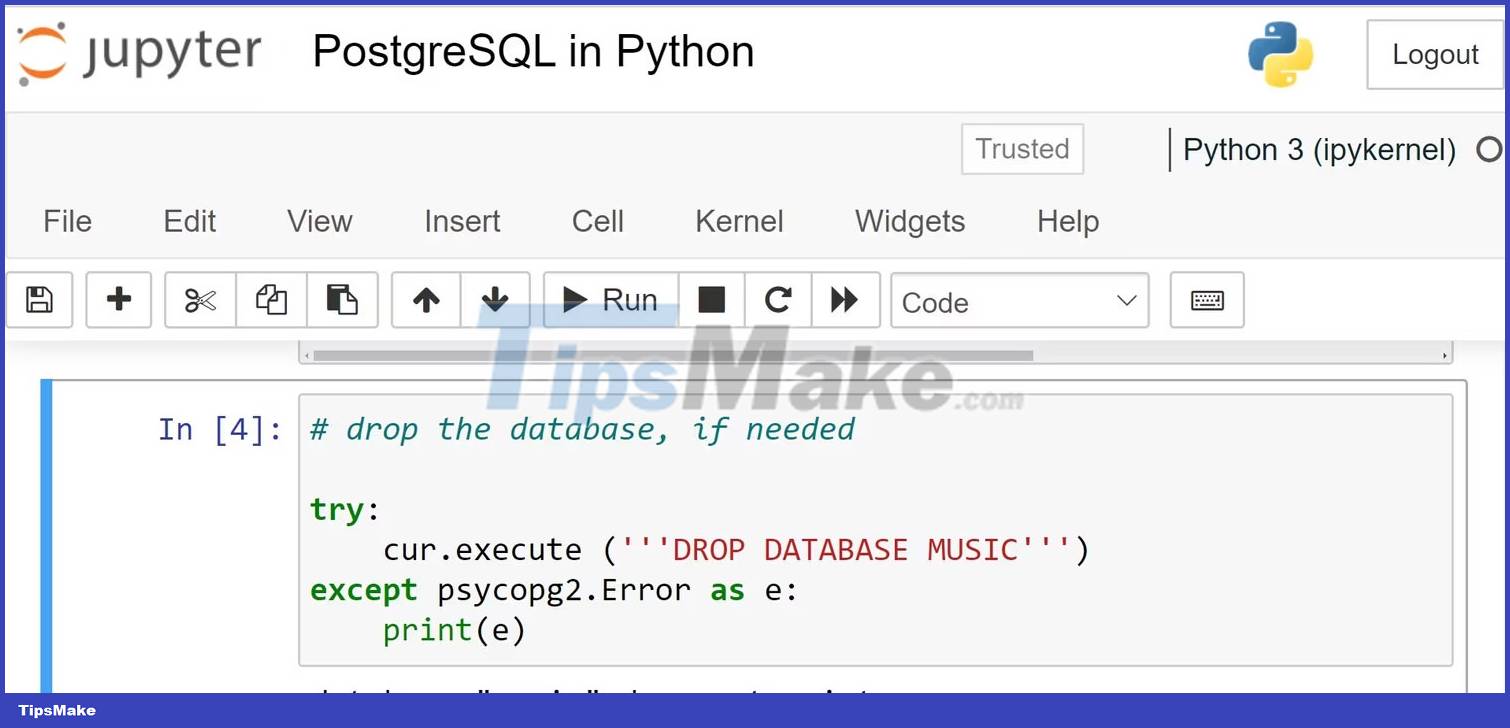How to connect and use PostgreSQL in Python
If you are writing a Python program that needs to access data from a Postgres database, you will need to know how to connect the two. Once you establish a connection, you can use it to run queries and fetch or save data.
Download and install PostgreSQL
PostgreSQL is a great choice for your programming projects. You can download and install the required version of PostgreSQL depending on your operating system. Postgres is available for download on standard operating systems such as Windows, macOS, and Linux Ubuntu.
The installation process will vary between operating systems, so you should follow the installation steps to ensure a smooth setup experience.
Install required libraries
You can use the psycopg2 library to connect to a PostgreSQL database from Python. Run this command in the Python interpreter to check if the library is installed:
import psycopg2
If you receive an error message (e.g. "No module named 'psycopg2'"), install the library with this command:
pip install psycopg2
PIP is a Python package manager that you can install on Windows, Mac, or Linux. It helps reduce the complexity of installing Python packages.
Fetch credentials using pgAdmin4
You can use the pgAdmin4 application to manage your Postgres database in a GUI environment. You may have installed it at the same time as you installed Postgres, but you can download pgAdmin4 and install it separately if needed.
Here's how you can use pgAdmin4 to get your server credentials:
1. From the applications menu, open pgAdmin4.
2. Click the Servers menu on the left side of the application screen.
3. Enter the Postgres password you entered during setup.

4. After you connect to the server, right-click the PostgreSQL 16 entry, then select Properties.

5. In the Properties dialog box, click Connection.
6. Record Host name, Port number and Username.

Connect to the Postgres server
With your credentials in hand, you can use the psycopg2 library to establish a connection to your Postgres server. To do so, you need to use the connect function as follows:
conn = psycopg2.connect(host='localhost', port= '5432', user='postgres', password='your password here')
Next, you must use the cursor function to execute Postgres commands in the Python environment:
cur = conn.cursor()
Finally, you can set the auto-commit flag to ensure Python executes and commits each code statement. This way, you don't need to pass separate commit statements after each line of code.
conn.set_session(autocommit = True)
You can run these commands at the same time to connect to a local instance of the Postgres server.
How to create a Postgres database
The Postgres database plays a key role in storing a collection of related tables. Create a new command using the CREATE DATABASE SQL command that you can pass to the cursor object's execute method:
try: cur.execute('''CREATE DATABASE DB_NAME''') except psycopg2.Error as e: print(e) You must always be careful to handle any exceptions that may arise. This example simply prints any errors that occur but in production code you will want to take appropriate action.

Check the database in pgAdmin4
When you run the above query, you can check if the database using pgAdmin4 has been created successfully. Go to the application interface, refresh the list of existing databases and find the new database.
For example, if you create a sample database named music using the above query, it will show up in the list of databases under the Postgres16 > Databases category.

How to delete Postgres database
If you don't want to keep a specific database, you can use the following command to delete it:
try: cur.execute('''DROP DATABASE MUSIC''') except psycopg2.Error as e: print(e) 
Instead of the create command, you need to use the drop command. Once executed, you will not see the database in question.
 How to seamlessly integrate Python into Excel using PyXLL
How to seamlessly integrate Python into Excel using PyXLL Write a program to reverse a string in Python
Write a program to reverse a string in Python Write an alarm clock program in Python
Write an alarm clock program in Python What is a function in Python? Functions in Python
What is a function in Python? Functions in Python Scopes in Python
Scopes in Python Basic data types in Python
Basic data types in Python